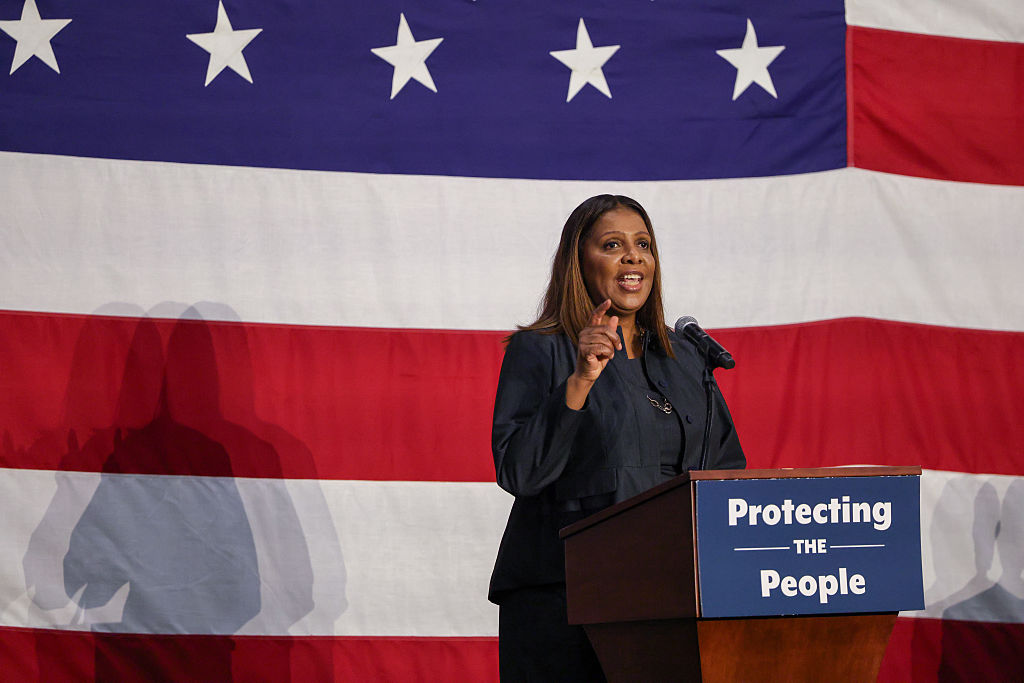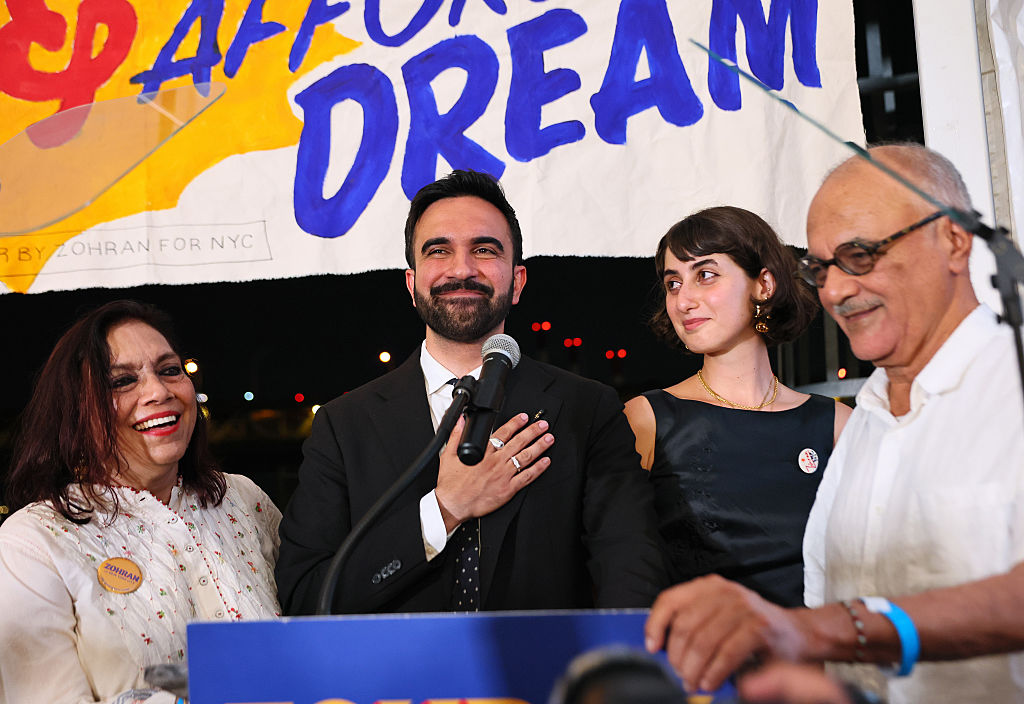4 Changes That Will Create Social Justice in the Work Force Right Now
4 Changes That Will Create Social Justice In The Work Force Right Now

Source: JohnnyGreig / Getty
As protests against systemic racism and police brutality continue to sweep across America, some corporations have stepped up to show their solidarity. The Paramount Network announced in June that it would stop airing the reality show Copsafter 33 years because it glorified police violence. L’Oréal rehired Munroe Bergdorf, a British Black transgender model, previously fired three years ago for calling out white supremacy. Amazon has followed suit and imposed a one-year moratorium on police use of Rekognition, a facial recognition system heavily used in minority communities and known to misidentify people with dark skin. And on and on, company after company continues to announce their version of symbolic steps, or what some consider performative activism, to promote a more equitable workplace. Some offer mental health days and set up committees, while others quote James Baldwin and tag social media posts with #BlackLivesMatter.
But is that enough? “Racism isn’t going anywhere anytime soon,” says organizational psychologist Dr. Courtney McCluney, industrial and labor relations professor at Cornell University. “Companies tend to have a reactive response, to save face, where they rush to set up committees, hire chief diversity officers,” and promote Black employees to executive positions—sometimes the first in the company’s history. But it’s never going to stop, she adds, “we’ve had 400 years embedded in this model of living, so we have to get rid of this sense that we can solve racism tomorrow and think more long term.”
So, what solutions can companies adopt to move the dial on change without it seeming like performative activism? Dr. McCluney says that companies need to reevaluate what it means to be an ally from top-down to achieve sustained change. To do this, they should conduct ongoing human resource audits, bolster chief diversity officers, address the racial wage gap, and enforce penalties for discriminatory actions.
1 Who is in HR?
A study found that most HR managers and chief HR officers are white women, and they don’t believe that racial discrimination is a problem. “So, how can they notice pay inequity,” says Dr. McCluney, “if they don’t believe that it is a problem or that racial discrimination is real?”
There is also this blame placed on BIPOC employees, she adds, for not negotiating enough at the beginning of their career for better pay or better titles. But the blame should not be put on the minority workers when most people in positions of power and in HR don’t seem to understand or believe in systemic racism and its ripple effects. “It doesn’t help that some [BIPOC] employees are first-generation college graduates and may not recognize existing wealth gaps,” in society or the average salary for their positions. HR should inform and close this gap for minorities, but they’ve perpetuated this “structural practice common in an individualist society like the U.S.”
2 Redefine Chief Diversity Officers
Companies need to be forward-thinking. “They’ve grown accustomed to window dressing-type behaviors,” says Dr. McCluney. The committees and chief diversity officer roles they create or promote end up not changingany fundamental aspects of the organization. They are seen as a good faith effort likened to “affirmative action when it comes to diversity in companies and results in no [tangible] change because those roles end up having very little power to hold managers accountable for inaction or discrimination, and it rarely addresses real issues.”
The chief diversity officer and any formed committees must have real power behind them, adds Dr. McCluney. “The power to interrogate all the systems of the organization, asking, ‘How are we paying people, how are we evaluating roles, how are we selecting and developing our talent?’ All of that needs to be in place,” and be enforceable.
3 Set Salary Transparency
A PayScale survey found that Blacks earn less than their white counterparts. Even when Blacks climbed up the proverbial corporate ladder, they still made less than whites with the same title and experience, earning 87 cents to every dollar earned by a white man.
Companies need to move away from individual pay and be transparent about salary distribution, says Dr. McCluney. This requires them to be open about pay scales, where employees are informed of ranges during the hiring and promotion process. For this to become a reality, the salary structure must be narrow with justification on both ends, so that the already wide racial wage gap can begin to decrease. Otherwise, “we’ll still have some of the same people getting paid on the higher and lower ends.”
4 Penalize Inequitable Behavior
Dr. McCluney recommends that companies commit to equitable practices tied to performance evaluations and bonuses, especially for senior leaders and executives. Defined consequences for those who do not comply need to also be in place. Doing this will start to move the needle in the right direction while maintaining awareness around unconscious biases and microaggressions. “We normally don’t see behavior change until a fine or consequence is associated with it.”
Then, those chief diversity officers already in place should now have the power to implement tangible actions: “evaluate what that looks like within the company and develop reasonable targets. And because company targets have tended to be so low, where it’s been, ‘You hired a Black person, yay, you did it!’ Now, there needs to be more stringent, enforceable standards.”
Rita Omokha is a New York-based writer who writes about culture, news, and politics. Twitter | Instagram















